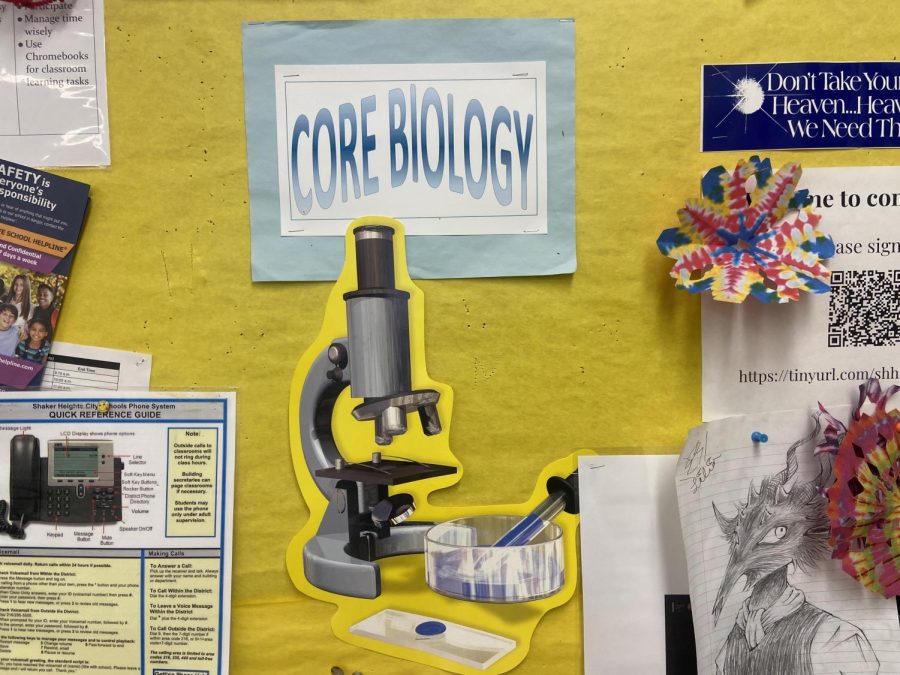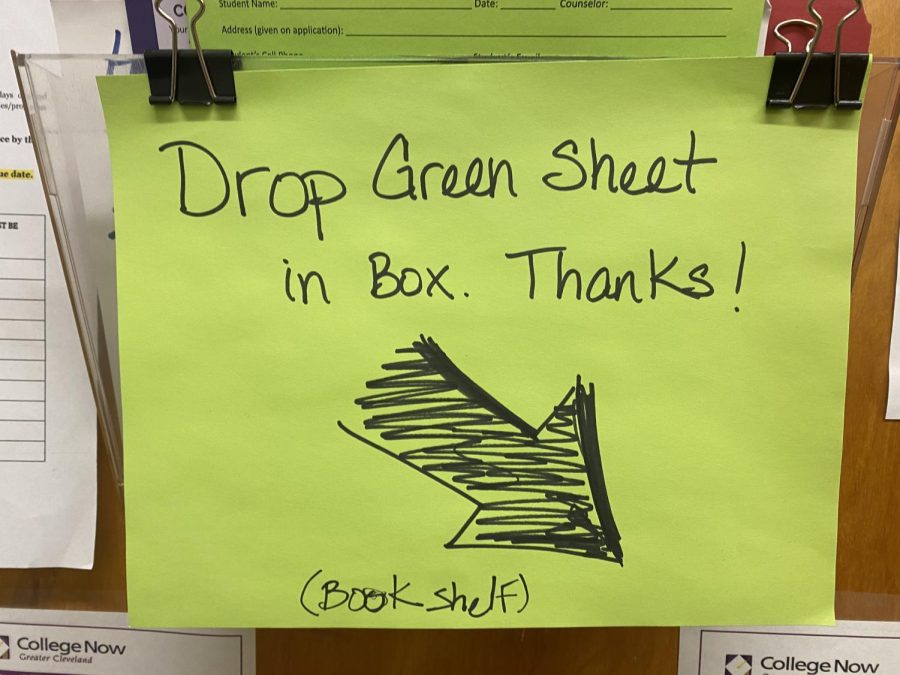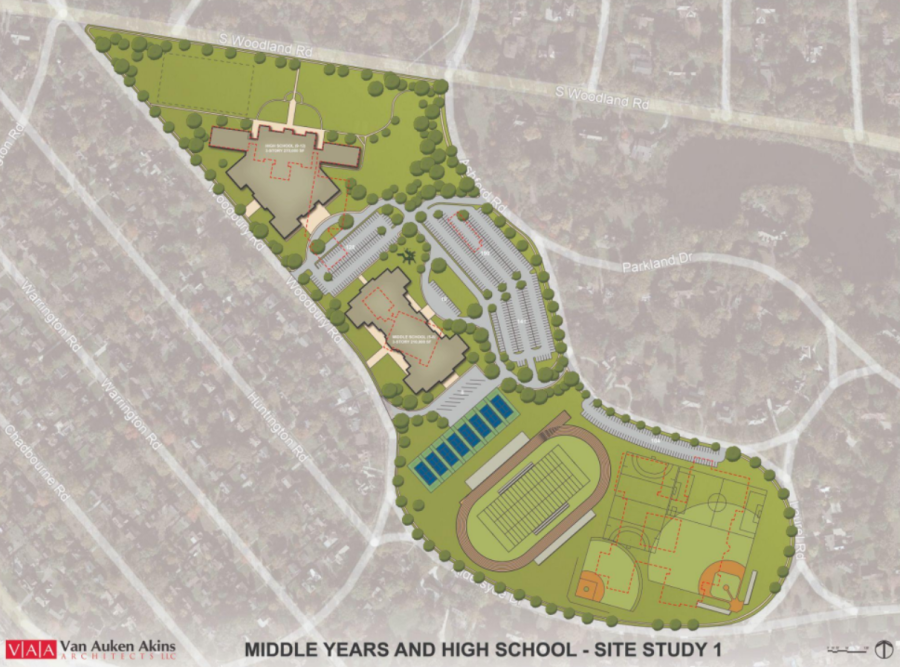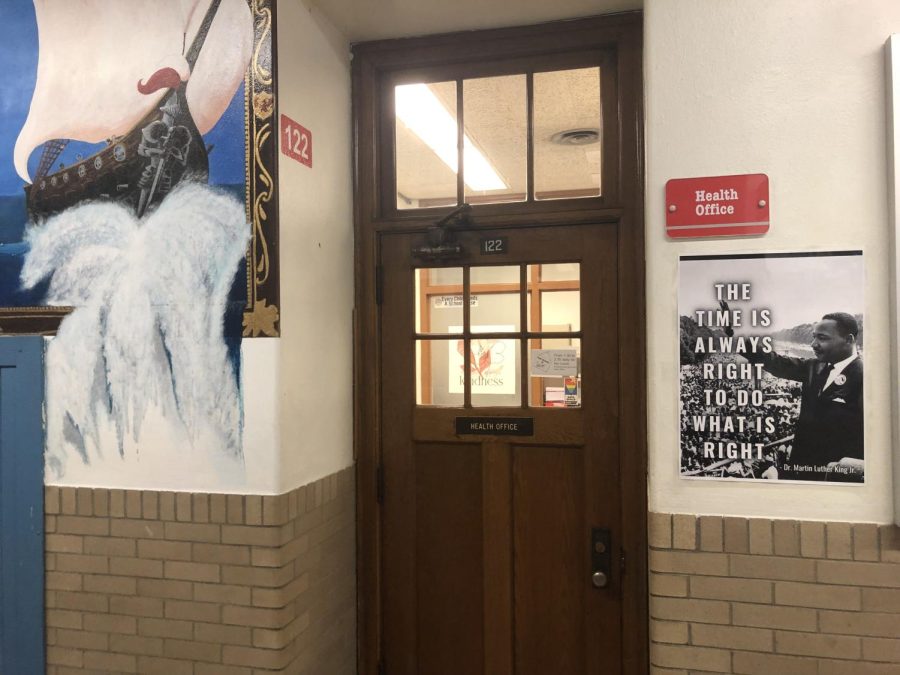Despite talk among community members that there were record suspensions last year, Assistant Principal Sara Joyce and Ohio Department of Education data confirmed that the high school did not see a significantly higher number of suspensions in 2011-2012.
The 280 suspensions were, however, concentrated largely in the first semester.
Joyce said punishments for students are decided based upon the level of disruption and the severity of each incident. Students with repeat offenses are disciplined differently than first-time offenders. Joyce said that if a student “disrupts learning of others, that’s when you have higher consequences.” In incidents involving physical contact, students are usually sent home for out-of- school suspension. Less serious offenses, such as class and hallway disruption, arguing with staff, tardiness and cutting class result in in-school-suspension. Last year, 351 in-school-suspensions were assigned.
Students in ISS report to Room 250 and are expected to follow normal classroom rules. Teachers send suspended students’ class work to the ISS room, and students are to complete their work while they are at school. Students must report to ISS on time; failure to do so results in another day of ISS. Students are prohibited from using electronics and they may not put their heads on their desks. Only assistant principals can assign students to ISS.
Tardiness and unexcused absences often earn detentions from teachers. However, it is the teacher’s discretion whether or not to write a referral for tardy and absent students, thereby creating the possibility of out-of-school suspension. The Shaker Heights High School Handbook states that “A fourth unexcused absence in any one class will result in the teacher collaborating with the assistant principal, counselor, attendance officer, student, and parent to address the issue.” Consequences include loss of credit, a failing grade and suspension from school at the discretion of the administration. The Handbook also states that absences must be excused by a parent or guardian within the three school days following the absence. After this three-day period, the absence will be permanently unexcused. Consequences for unexcused absences include detentions and ISS.
When a student misbehaves, his teacher writes a referral and sends him to his assistant principal. The assistant principal then talks to anyone who witnessed the incident. Based on the incident, the assistant principal decides what the consequence will be. If students with different assistant principals are involved, the assistant principals work collaboratively to agree upon a consequence.
In addition to in-school and out-of-school suspensions last year, there were 31 expulsions, one in-school alternative disciplinary action, nine emergency removals and 487 detentions.
A version of this article appeared in print on 3 October 2012, on page 6 of The Shakerite.





